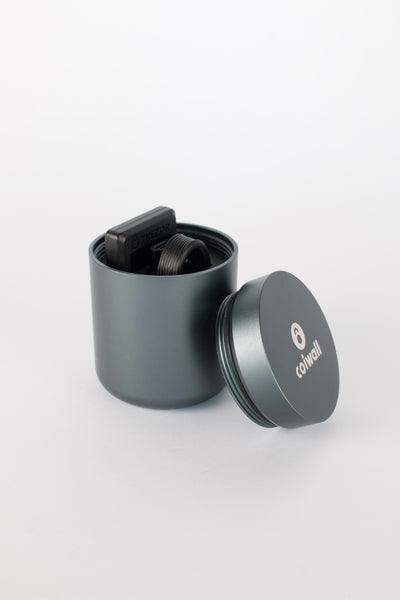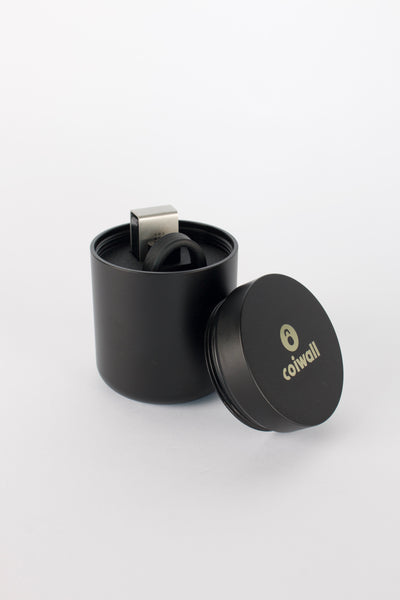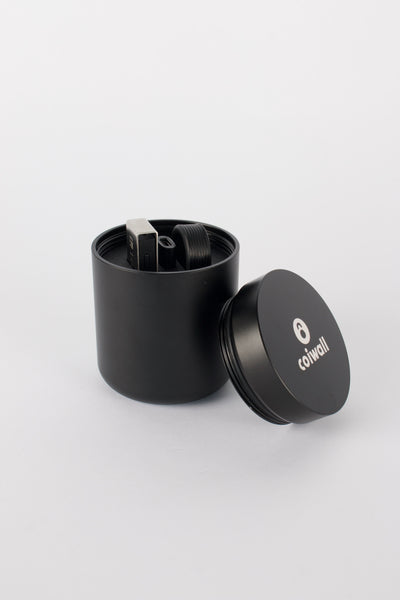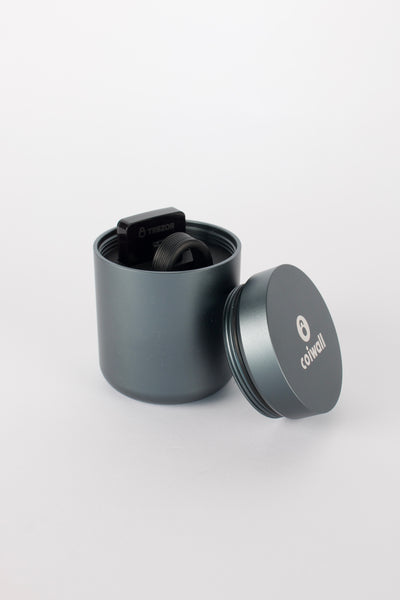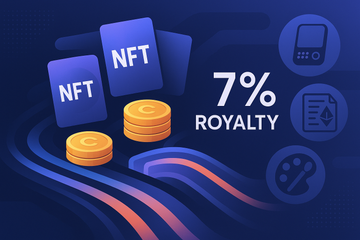Royalties. The very word used to be reserved for old-world kings and queens, conjuring images of velvet capes and gold crowns, right? But step into the fast-paced universe of blockchain and NFTs, and suddenly, 'royalty' takes on an entirely new flavor. Here, creators get their own slice of the secondary sales pie—every single time their art or digital collectible changes hands. Not a castle in sight, just smart contracts and crypto wallets. Let's unravel how these modern royalties work, why they're causing such a stir, and what this means for everyone from artists to everyday traders.
What Are Crypto Royalties, Anyway?
Think of royalties as a little digital 'thank you' that lingers long after the first sale is done. When an artist mints an NFT (which, if you're new, is basically a unique digital token often tied to art, music, or even event tickets) and sells it on platforms like OpenSea or Rarible, they can embed a royalty—say, 5%—that tags along with that asset. So, if someone else buys it on the secondary market? Boom, 5% goes straight to the original creator, like clockwork. It's an elegant solution to a longstanding headache: creators missing out when their work skyrockets in value. In the traditional art scene, once a painting is sold, that's that. In crypto, every flip brings a payday.
If It Sounds Too Good to Be True, Read the Fine Print
Now, here’s the thing—it's not quite fairy tale perfect. You might wonder, 'Is this process bulletproof?' Well, it’s mostly automated thanks to smart contracts (which are just bits of code on the blockchain), but there are some loopholes. Some NFT marketplaces play by the book, honoring royalties without fail. Others, though, have started to let buyers sidestep these fees, putting artists in a tough spot. So, while the promise is huge, the reality is… complicated, a bit like trying to keep your wallet safe in a crowded Saturday market. Platforms like OpenSea, for example, have gone back and forth on enforcing royalty payments, which keeps everyone on their toes. Traders, collectors, and creators all have to watch for new rules and shifting trends.
How Do Artists (and Regular Folks) Benefit?
Let’s be honest, the prospect of passive income is downright seductive for artists. Suddenly, it’s not just about that first headline-grabbing sale. The more collectors value and trade your work, the more you earn. It’s like planting a tree that keeps on bearing fruit, season after season. This setup gives independent creators—not just the already-famous—a tangible incentive to keep producing and promoting their work.
But it’s not just about money. Royalties can foster a kind of ongoing relationship between creator and collector. Each resale isn't a goodbye; it's a check-in, a sign the work still matters. Maybe that’s a bit sentimental, but who says technology can’t have a heart?
Simple Example: Royalties in Action
- Mia mints her first NFT and chooses a 7% royalty.
- An art fan buys it for 0.5 ETH. Mia celebrates.
- A year later, the NFT resells for 2 ETH on OpenSea. Mia quietly receives 0.14 ETH, even though she never touched the second transaction. Magic? Not quite—just blockchain rules doing their thing.
Let’s Talk Trust: Security and Hardware Wallets
Now, a quick (but important) detour. For all the decentralized magic of NFT royalties, none of this works if your crypto assets aren’t safe. You know what? If artists and collectors aren’t storing their private keys securely, all those juicy royalties could vanish with a single misstep. That’s why folks in the know rely on hardware wallets like Trezor and Ledger. These little devices are the equivalent of bolting your digital fortune inside a safe, kept offline and away from hackers. Whether you’re a creator getting regular royalty payouts or a collector investing serious ETH, keeping assets in a hardware wallet is as much common sense as locking your front door at night.
A Few Bumps Along the Way (Challenges Galore)
Like every shiny technology, crypto royalties aren’t immune to rough edges. For starters, not all blockchains or marketplaces enforce royalties equally. Some, like Ethereum-based OpenSea, let creators set their rates when minting NFTs… but under the hood, recent debates have focused on whether these should be optional for buyers or mandatory platform-wide. If a marketplace drops enforcement, royalty payments can instantly dry up.
Then there’s the sheer creativity of the crypto crowd. Some try to dodge royalties by trading off-platform or using direct wallets—kind of like passing secret notes under the table at school. And while it’s clever, it undermines the very system meant to empower creators. Artists and developers are pushing back, inventing ever-savvier contract code to plug those holes, but it’s a technical arms race with no clear finish line.
Big Picture: Why Should You Care?
You might think, 'Well, I'm not an artist, why does this matter to me?' But here's the twist: every time you browse, buy, or talk about NFTs, you’re shaping the future of digital ownership and how creativity gets rewarded. Imagine if music streaming let artists get paid for every play, not just the first handful of downloads. That’s the spirit of NFT royalties—rewarding ongoing value instead of just the first splash.
For collectors, royalties can affect resale value or how much you’re willing to bid. For artists, they’re a new lifeline—regular, predictable (well, mostly) income. And for the crypto-curious, understanding how royalties work is just another step in mastering this new financial frontier.
So, Where Are We Headed Next?
The world of crypto royalties is moving at lightning speed. Artists are experimenting, platforms are negotiating, and collectors are learning the value of long-term creative relationships. If enforcement improves and hardware wallet adoption continues, NFT royalties could become the new standard—not just a buzzword. Companies like Trezor and Ledger are only growing more crucial as people realize that all this innovation means nothing without security.
Sure, the concept might seem slightly wild today, but look back a decade—the crypto world is packed with ideas that started out wacky and are now part of the daily grind. The royalty revolution is just getting started. So next time you click 'buy' on that pixelated cat or virtual landscape, spare a thought for the artist who—thanks to a simple line of smart contract code and a trusty hardware wallet—will keep earning long after the applause fades. That’s real power, no crown required.

